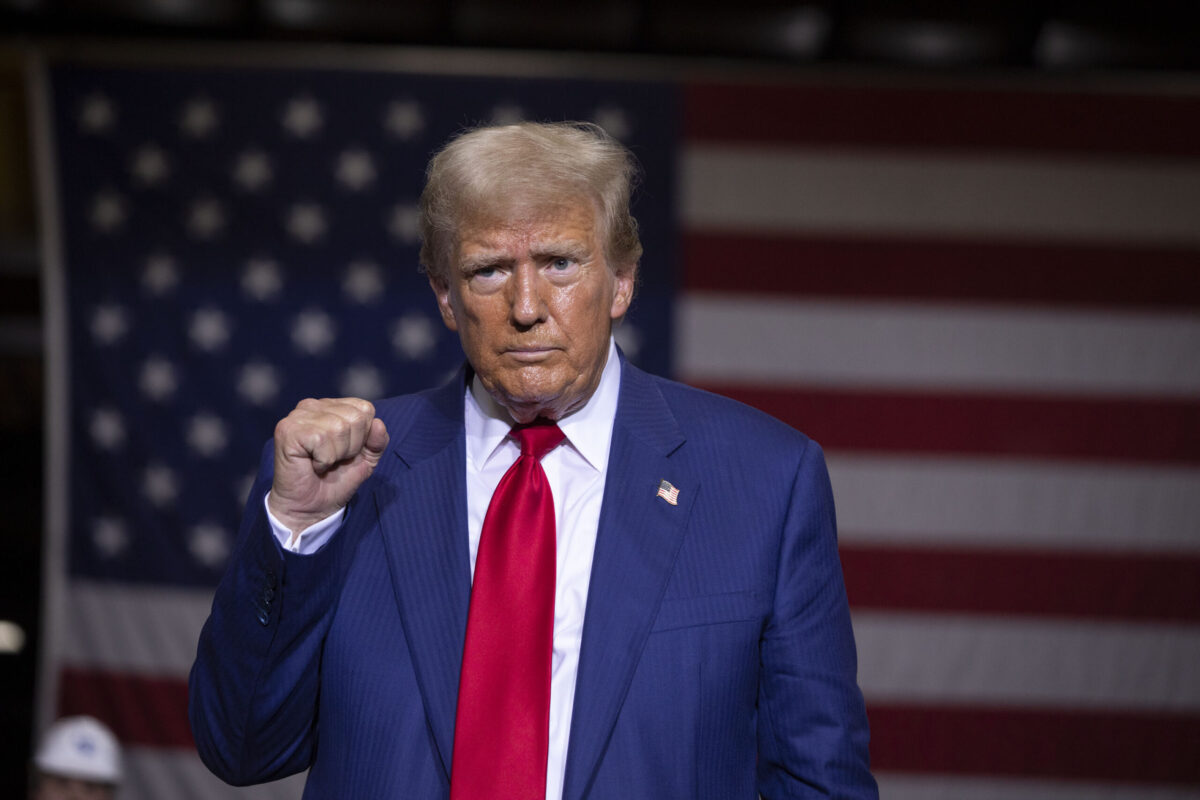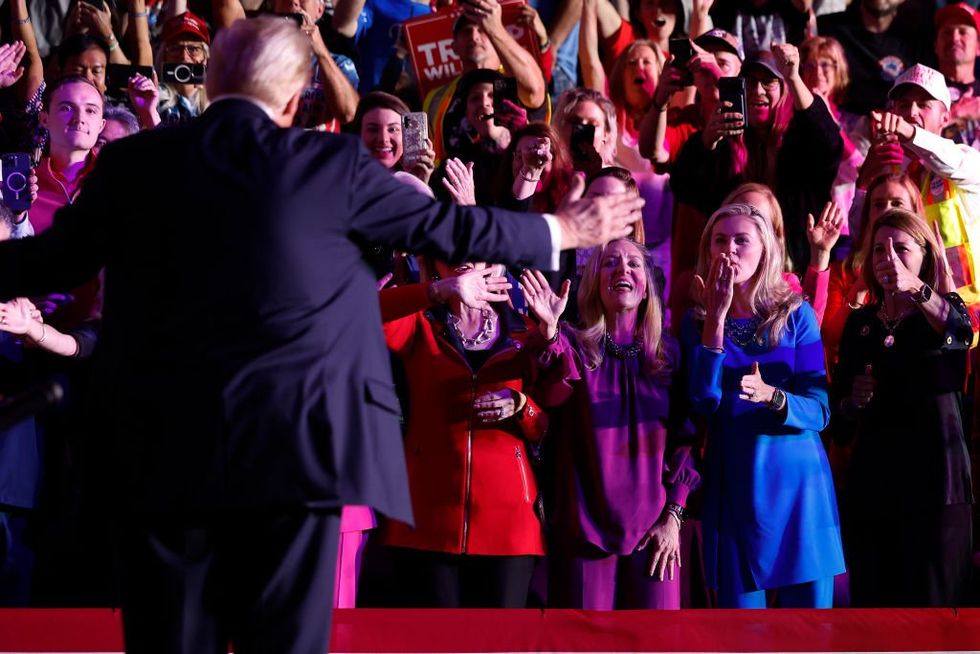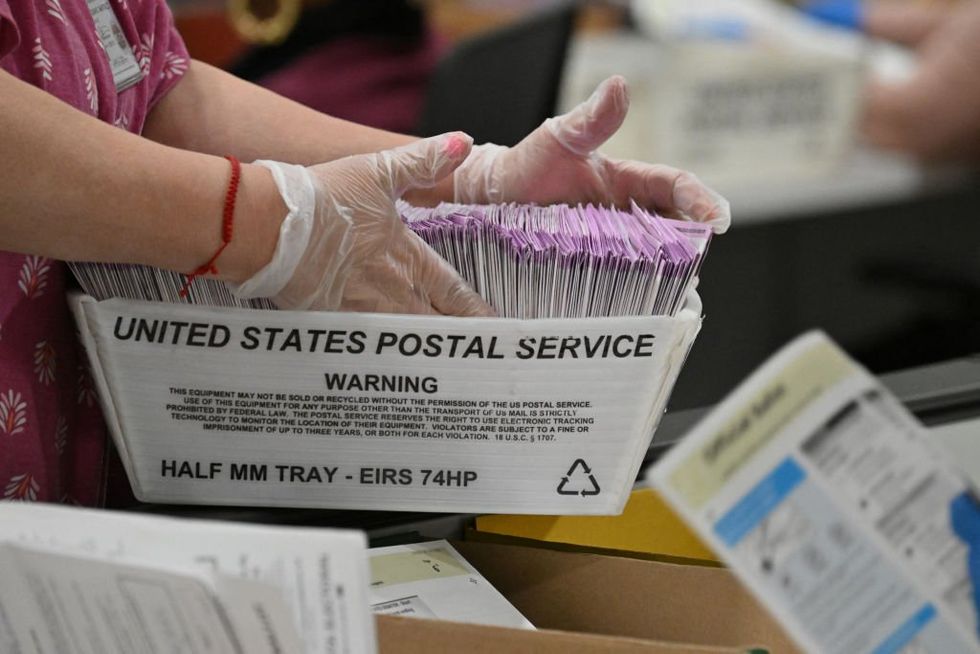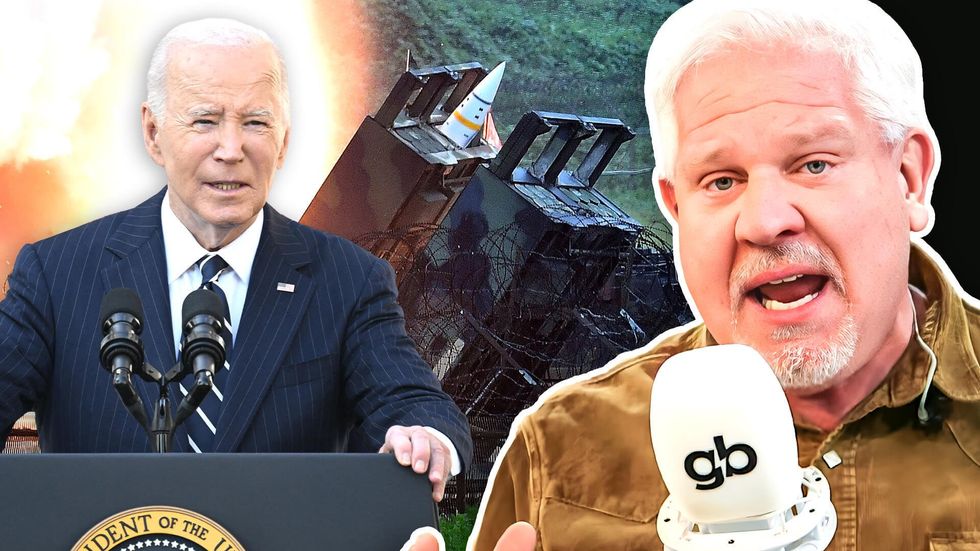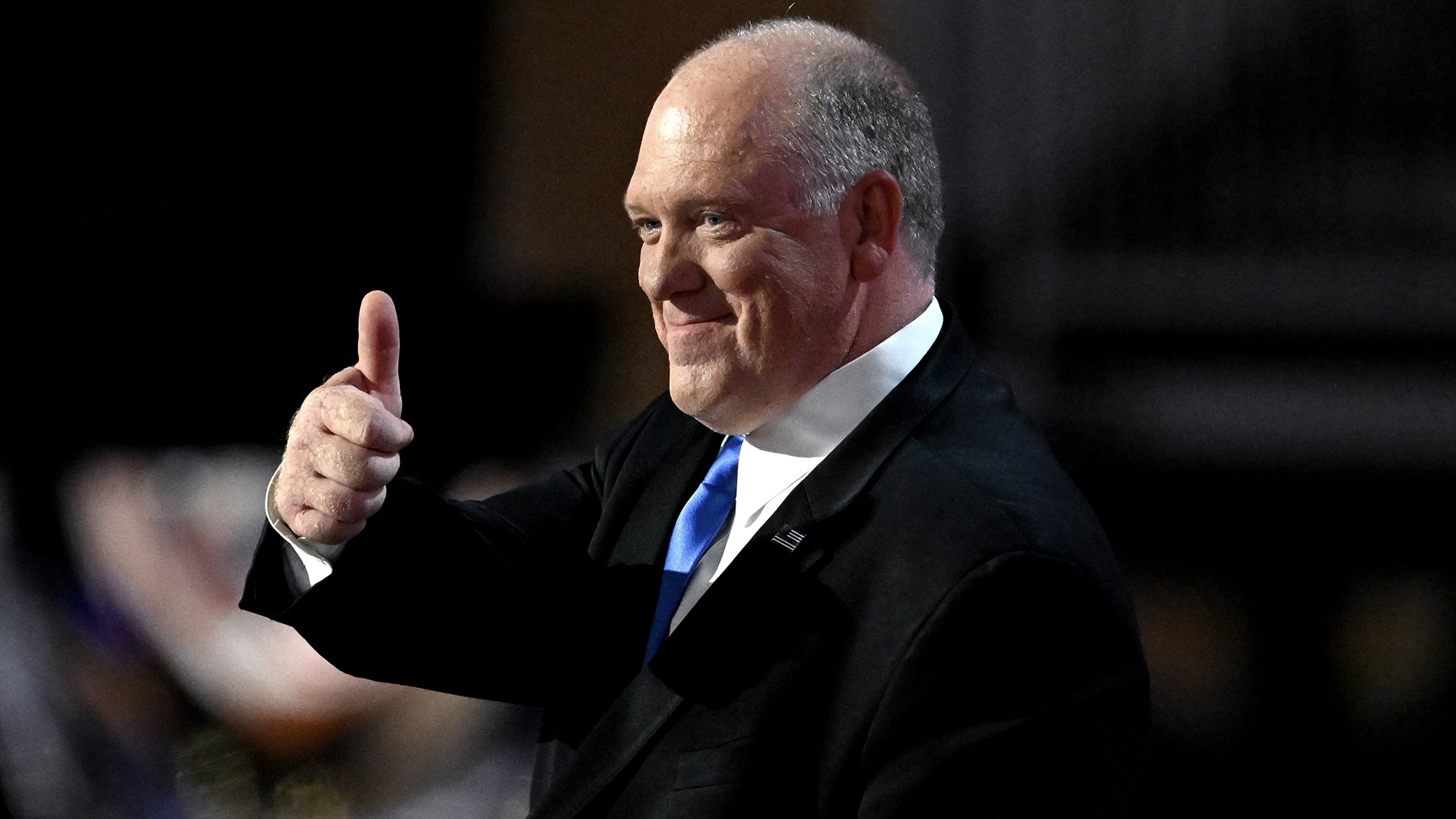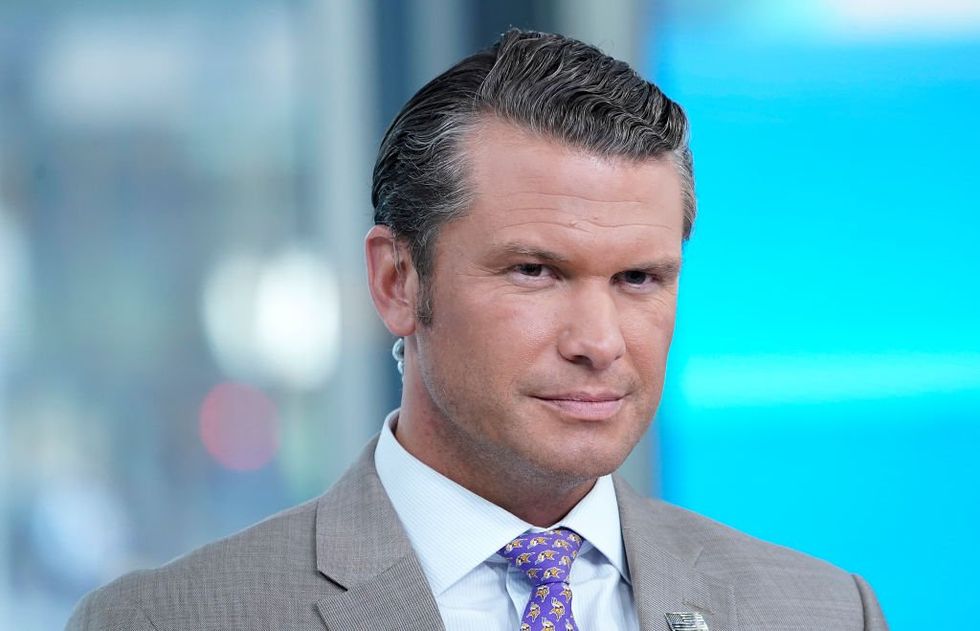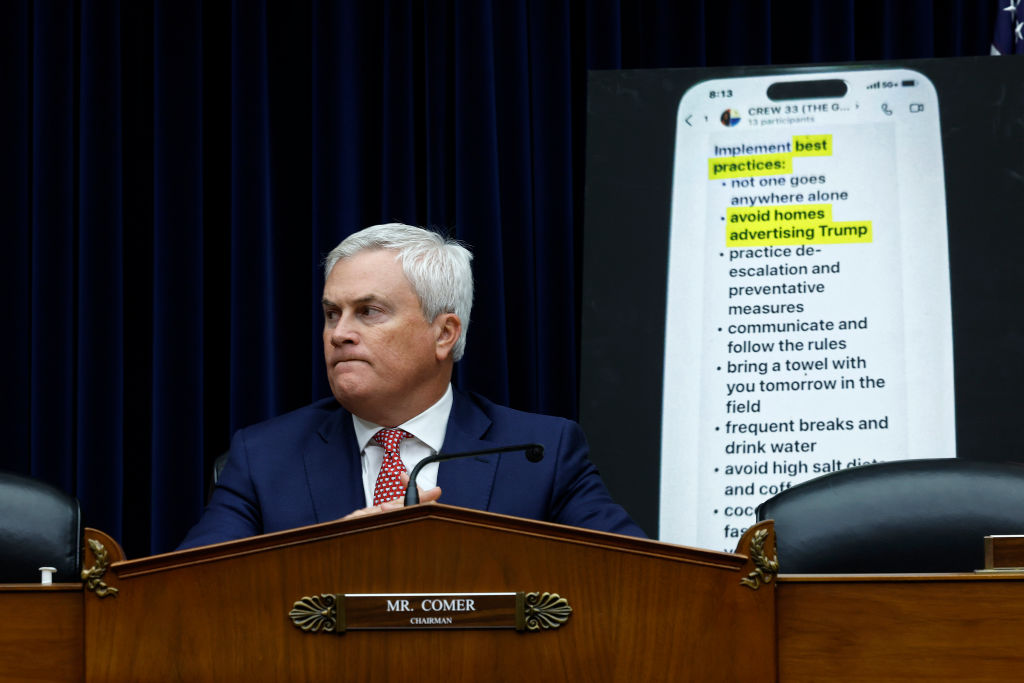Poland’s secret weapon goes beyond Abrams tanks
Official explains the nation's 'insurance policy' against Russia is 'strong American backing'



Poland has a secret weapon. No, not just the Abrams main battle tanks, F-35 stealth fighters, Patriot air defenses, Apache helicopters or other top-line equipment purchased by Poland. Poland’s secret weapon centers on its intense national commitment to security against a resurgent Russia – and the favorable American opinion this inspires.
That’s why Polish Foreign Minister Radoslaw “Radek” Sikorski is making a national security sweep from Washington, DC to the United Nations to Polish communities in Pennsylvania and an armored vehicle plant in Michigan. “Russia is and for the foreseeable future will remain a danger,” Sikorski said in an address at Johns Hopkins School of Advanced International Studies (SAIS) in Washington on September 20.
Given the timing of his swing state visits, it may look like Sikorski is playing politics. But Poland’s Foreign Minister is not seeking to weigh in on Trump vs. Harris. Sikorski, an Oxford-educated former journalist, has praised both the Biden and Trump Administrations. As a canny and committed NATO ally, Poland is cultivating American public opinion and the Congressional goodwill that ensures Poland access to top American weapons technology. Michigan is a natural because 7% of the population is of Polish heritage.
Strong American backing is “our insurance policy,” Sikorski said on X on September 21.
Of course, Michigan is also home to an armored vehicle plant in Sterling Heights, and the sophisticated Maneuver Collaboration Center.
The strategic position of Poland makes tanks and maneuver warfare crucial. To backfill its own forces, Poland has purchased refurbished Abrams tanks and will receive the first of 250 M1A2SEPv3 Abrams Main Battle Tanks in the summer of 2025.
The U.S. Army agrees with the emphasis on tanks. “Somebody’s going to close that last 500m in the dark, smoked, the old-fashioned way,” said Gen. James Rainey, Army Futures Command, and “we better have armor units that can set things on fire.”
The Suwalki corridor on the Polish-Lithuanian border is the hotspot for any Russian move on the Baltics; and Poland shares a long border with Belarus, effectively Russia’s puppet. This spring, Poland and U.S. forces practiced combat-style river crossings in a big NATO war game exercise called Dragon 24.
The main deterrent strength depends on having both U.S. and Polish forces operate the Abrams tank in sufficient numbers. The partnership built on interoperability is growing. Polish forces train with and trust the U.S. Army to be there in a crisis. Senior officers attend U.S. Army war colleges in the United States.
Yet as Russia builds up its military, both the U.S. and Poland have more to do to mature the partnership.
To its great credit, Poland began rearming prior to the February 2022 invasion of Ukraine. Then Poland sent more Polish tanks to Ukraine than the U.S. and Germany combined, while Polish citizens took 1.6 million Ukraine refugees into their own homes.
Poland will spend just over 4% of its gross domestic product on defense in 2024 and 4.7% in 2025. That’s the highest in the alliance, according to the U.S. State Department. “Ultimately, these expenses are negligible in comparison to the cost we would bear if we had to send our own troops,” Sikorski said at SAIS on September 20.
The reality is that Poland needs more tanks to fill out the scheme of maneuver. Another 250 Abrams tanks, interoperable with U.S. forces, could help make a Russian invasion too difficult to attempt. The tactical problem for Poland and the Baltics is to prevent a Russian fait accompli.
For that same reason, the U.S. commitment to Poland is hefty. Poland hosts thousands of U.S. forces, including the U.S. V Corps Headquarters (Forward) in Poznan. A permanent U.S. Army garrison in Poland was established in March 2023. The U.S. Army moved an armored brigade’s worth of prepositioned equipment from Germany to Powidz, Poland. An armored brigade with Abrams tanks is now permanently deployed, and the future may see a second brigade if conditions warrant. This is all the more reason for Poland to completely modernize its tank forces. Poland purchased South Korean tanks as an interim measure, but it is the combined power of U.S. and Polish Abrams tanks that will cause Putin to think twice.
Poland is also committed to the necessary business of maintenance and repair. The Abrams Regional Sustainment Center in Poznan opened in February 2024 and will support U.S. and Polish Abrams tanks based nearby. The Abrams tank can become the NATO standard in Eastern Europe, much as the F-35 fighter has done across partner air forces. A co-production agreement could allow Polish industry to assemble future Abrams acquisitions. As Sikorski has noted, Poland’s substantial defense spending also benefits Polish industry.
NATO’s forward presence upgrade now includes multinational battlegroups in Bulgaria, Estonia, Hungary, Latvia, Lithuania, Poland, Romania and Slovakia. While all are capable, the battlegroup hosted by Poland with the U.S. as the lead framework partner has a special role in deterrence. Croatia, Czechia, Romania, Türkiye, and the United Kingdom are all contributing partners. However, it is the combination of the U.S. and Poland’s Abrams main battle tanks that make this force formidable.
Ultimately, tanks in position to maneuver and operate together form a credible deterrent for NATO’s Russian front.
Dr. Rebecca Grant is a national security analyst and vice president, defense programs for the Lexington Institute, a nonprofit public-policy research organization in Arlington, Virginia. She has held positions at the Pentagon, in the private sector and has led an aerospace and defense consultancy. Follow her on Twitter at @rebeccagrantdc and the Lexington Institute @LexNextDC.
SUPPORT TRUTHFUL JOURNALISM. MAKE A DONATION TO THE NONPROFIT WND NEWS CENTER. THANK YOU!
Originally Published at Daily Wire, World Net Daily, or The Blaze
What's Your Reaction?













































































